Dibutyltin Mono(2-ethylhexyl) Maleate: Applications in Transparent Flexible PVC Films
Abstract: Dibutyltin mono(2-ethylhexyl) maleate (DBM-EHM) is a versatile organotin compound widely employed as a stabilizer in the production of transparent flexible Polyvinyl Chloride (PVC) films. This article provides a comprehensive overview of DBM-EHM, focusing on its synthesis, properties, mechanism of action as a PVC stabilizer, and its specific applications in transparent flexible PVC films. We explore the advantages of using DBM-EHM, including its contribution to excellent clarity, long-term stability, and superior processing characteristics. The article also discusses relevant regulatory considerations and future trends in the development of DBM-EHM-based PVC formulations.
1. Introduction
Polyvinyl Chloride (PVC) is a highly versatile polymer used in a wide range of applications due to its excellent mechanical properties, chemical resistance, and cost-effectiveness. Flexible PVC films are particularly prevalent in packaging, construction, automotive, and medical industries. However, PVC is inherently unstable to heat and light, undergoing degradation during processing and service life, leading to discoloration, embrittlement, and loss of mechanical strength. To overcome these limitations, heat stabilizers are essential components in PVC formulations.
Organotin compounds, especially dialkyltin derivatives, have long been recognized as highly effective heat stabilizers for PVC. Among these, dibutyltin mono(2-ethylhexyl) maleate (DBM-EHM) stands out due to its unique combination of properties, offering superior clarity, long-term stability, and good processing performance in flexible PVC applications, particularly in the production of transparent films. This article delves into the characteristics and applications of DBM-EHM, providing a detailed understanding of its role in enhancing the performance of transparent flexible PVC films.
2. Chemical Identity and Properties of DBM-EHM
DBM-EHM is an organotin compound belonging to the class of dialkyltin carboxylates. Its chemical structure features a dibutyltin moiety linked to a mono(2-ethylhexyl) maleate group.
- Chemical Name: Dibutyltin mono(2-ethylhexyl) maleate
- CAS Registry Number: 36724-21-3
- Molecular Formula: C24H44O4Sn
- Molecular Weight: 511.33 g/mol
-
Structural Formula:
(C4H9)2Sn(OOCCH=CHCOO(CH2CH(C2H5)C4H9))
Table 1: Physical and Chemical Properties of DBM-EHM
| Property | Value |
|---|---|
| Appearance | Clear, colorless to light yellow liquid |
| Density (at 20°C) | 1.05 – 1.10 g/cm3 |
| Refractive Index (at 20°C) | 1.475 – 1.485 |
| Viscosity (at 25°C) | 50 – 150 mPa·s |
| Tin Content | Typically 18-20% by weight |
| Boiling Point | Decomposes before boiling |
| Solubility | Soluble in organic solvents |
| Water Solubility | Insoluble |
DBM-EHM is typically supplied as a liquid, facilitating easy handling and incorporation into PVC formulations. Its compatibility with PVC resins and plasticizers is crucial for achieving homogeneous mixtures and optimal performance.
3. Synthesis of DBM-EHM
DBM-EHM is typically synthesized through the reaction of dibutyltin oxide (DBTO) or dibutyltin dichloride (DBTC) with maleic anhydride and 2-ethylhexanol in the presence of a catalyst. The reaction pathway can be represented as follows:
Reaction 1 (using DBTO):
(C4H9)2SnO + HOOCCH=CHCOOH + HOCH2CH(C2H5)C4H9 → (C4H9)2Sn(OOCCH=CHCOO(CH2CH(C2H5)C4H9)) + H2O
Reaction 2 (using DBTC):
(C4H9)2SnCl2 + HOOCCH=CHCOOH + HOCH2CH(C2H5)C4H9 + 2NaOH → (C4H9)2Sn(OOCCH=CHCOO(CH2CH(C2H5)C4H9)) + 2NaCl + 2H2O
The reaction is carefully controlled to ensure the formation of the monoester, as the diester (dibutyltin bis(2-ethylhexyl) maleate) may exhibit different performance characteristics. The purity and composition of the final product are critical for achieving consistent stabilization performance.
4. Mechanism of Action as a PVC Stabilizer
DBM-EHM acts as a heat stabilizer in PVC through a combination of mechanisms:
-
HCl Scavenging: PVC degradation proceeds via the elimination of hydrogen chloride (HCl), which autocatalytically accelerates the degradation process. DBM-EHM reacts with HCl, neutralizing it and preventing it from further catalyzing the decomposition of the PVC polymer. This is achieved through the reaction of the tin-carboxylate bond with HCl, forming dibutyltin dichloride and a maleate derivative.
(C4H9)2Sn(OOCCH=CHCOO(CH2CH(C2H5)C4H9)) + HCl → (C4H9)2SnCl(OOCCH=CHCOO(CH2CH(C2H5)C4H9)) + HOOCCH=CHCOO(CH2CH(C2H5)C4H9)
The dibutyltin chloride further reacts with HCl to form dibutyltin dichloride.
- Allylic Chloride Replacement: PVC degradation leads to the formation of allylic chloride structures, which are particularly susceptible to further degradation. DBM-EHM can react with these allylic chloride sites, replacing them with more stable ester groups. This prevents the formation of conjugated polyene sequences, which are responsible for the discoloration of PVC.
- Polyene Addition: Conjugated polyene sequences formed during PVC degradation are responsible for the characteristic yellowing or browning of the material. DBM-EHM, via its unsaturated maleate group, can react with these polyene sequences, interrupting their conjugation and preventing further discoloration. This reaction often involves a Diels-Alder type mechanism or other addition reactions.
- Structure Stabilization: DBM-EHM can interact with the PVC polymer chains, providing a degree of structural stabilization and preventing chain scission. This interaction can involve coordination of the tin atom with the chlorine atoms of the PVC, helping to maintain the integrity of the polymer structure.
The effectiveness of DBM-EHM is also attributed to its ability to form stable complexes with other additives in the PVC formulation, enhancing their synergistic effect and overall stabilization performance.
5. Applications in Transparent Flexible PVC Films
DBM-EHM is particularly well-suited for use in transparent flexible PVC films due to its ability to provide excellent clarity, long-term stability, and good processing characteristics.
-
Packaging Films: Transparent PVC films are widely used in food packaging, blister packs, and shrink wraps. DBM-EHM ensures that these films remain clear and free from discoloration, maintaining the aesthetic appeal of the packaged product. Its good heat stability also allows for high-speed processing during film manufacturing and packaging operations. Furthermore, DBM-EHM helps maintain the integrity of the film during storage and transportation, preventing degradation and ensuring the packaged product remains protected.
-
Construction Films: PVC films are used in construction for applications such as window films, roofing membranes, and tarpaulins. DBM-EHM provides long-term weatherability and UV resistance, preventing the films from yellowing, cracking, or becoming brittle upon exposure to sunlight and harsh environmental conditions. This is crucial for maintaining the performance and lifespan of these construction materials.
-
Automotive Films: PVC films are used in automotive interiors for applications such as seat covers, dashboard coverings, and door panels. DBM-EHM ensures that these films maintain their color and flexibility even under prolonged exposure to heat and UV radiation inside the vehicle. This contributes to the overall durability and aesthetic appeal of the automotive interior.
-
Medical Films: Flexible PVC films are used in medical applications such as blood bags, IV bags, and tubing. DBM-EHM provides the necessary heat stability for sterilization processes and ensures that the films remain clear and flexible after sterilization. It also contributes to the overall biocompatibility of the film, minimizing the risk of adverse reactions with bodily fluids or tissues. The purity and low toxicity profile of the DBM-EHM used in medical applications are strictly controlled to ensure patient safety.
Table 2: Typical PVC Formulation for Transparent Flexible Film (Example)
| Component | Percentage (%) |
|---|---|
| PVC Resin | 100 |
| Plasticizer (e.g., DOP/DINP) | 30-60 |
| DBM-EHM | 1.0-3.0 |
| Epoxidized Soybean Oil (ESBO) | 2.0-5.0 |
| Lubricant (e.g., Stearic Acid) | 0.2-0.5 |
| UV Absorber (optional) | 0.1-0.3 |
| Antioxidant (optional) | 0.1-0.3 |
6. Advantages of Using DBM-EHM in Transparent Flexible PVC Films
DBM-EHM offers several advantages over other types of PVC stabilizers, particularly in the context of transparent flexible films:
- Excellent Clarity: DBM-EHM is highly compatible with PVC and plasticizers, resulting in clear, transparent films with minimal haze. This is crucial for applications where visual clarity is paramount, such as packaging and display materials.
- Long-Term Stability: DBM-EHM provides excellent long-term heat and light stability, preventing discoloration, embrittlement, and loss of mechanical properties over extended periods of use. This ensures the durability and performance of the PVC film throughout its service life.
- Good Processing Characteristics: DBM-EHM facilitates smooth and efficient processing of PVC formulations, allowing for high-speed extrusion, calendaring, and other manufacturing processes. It also helps to prevent plate-out and other processing defects, resulting in films with uniform thickness and consistent properties.
- Compatibility with Plasticizers: DBM-EHM exhibits excellent compatibility with a wide range of plasticizers commonly used in flexible PVC formulations, such as phthalates (e.g., DOP, DINP), adipates, and trimellitates. This allows for the formulation of films with tailored flexibility and performance characteristics.
- Synergistic Effects with Other Additives: DBM-EHM often exhibits synergistic effects with other additives, such as epoxidized soybean oil (ESBO), antioxidants, and UV absorbers. These synergistic combinations can further enhance the stability, clarity, and weatherability of PVC films.
- Low Volatility: DBM-EHM has relatively low volatility compared to some other organotin stabilizers, minimizing emissions during processing and service life. This is important for maintaining air quality and complying with environmental regulations.
7. Regulatory Considerations
The use of organotin compounds in PVC applications is subject to various regulatory restrictions, particularly concerning environmental and health concerns. While DBM-EHM is generally considered less toxic than some other organotin stabilizers, it is essential to comply with all applicable regulations regarding its use, handling, and disposal.
- REACH (Registration, Evaluation, Authorisation and Restriction of Chemicals): In Europe, the use of organotin compounds is regulated under the REACH regulation. Specific restrictions may apply to the use of certain organotin compounds in specific applications. Manufacturers and users of DBM-EHM must ensure compliance with the REACH requirements.
- RoHS (Restriction of Hazardous Substances): The RoHS directive restricts the use of certain hazardous substances in electrical and electronic equipment, including lead, mercury, cadmium, hexavalent chromium, polybrominated biphenyls (PBBs), and polybrominated diphenyl ethers (PBDEs). While RoHS does not directly restrict organotin compounds, it is important to consider the potential presence of other regulated substances in PVC formulations containing DBM-EHM.
- Food Contact Regulations: If the PVC film is intended for food contact applications, it must comply with relevant food contact regulations, such as those established by the U.S. Food and Drug Administration (FDA) and the European Food Safety Authority (EFSA). These regulations specify the permissible limits for the migration of substances from the plastic material into the food.
Manufacturers and users of DBM-EHM-based PVC films should consult with regulatory experts to ensure compliance with all applicable regulations and to obtain the necessary approvals for specific applications.
8. Future Trends and Developments
The field of PVC stabilization is constantly evolving, driven by the need for more sustainable, efficient, and environmentally friendly solutions. Future trends and developments related to DBM-EHM and its applications in transparent flexible PVC films include:
- Development of New Synergistic Additive Systems: Research is ongoing to develop new synergistic additive systems that can enhance the performance of DBM-EHM and reduce its overall concentration in PVC formulations. This can involve the use of novel co-stabilizers, antioxidants, and UV absorbers.
- Exploration of Bio-Based Plasticizers: The increasing demand for sustainable materials is driving the development of bio-based plasticizers derived from renewable resources. These bio-based plasticizers can be used in conjunction with DBM-EHM to create more environmentally friendly PVC films.
- Improvement of Processing Technologies: Advances in processing technologies, such as reactive extrusion and micro-layer extrusion, are enabling the production of PVC films with improved properties and reduced additive loading. These technologies can be used to optimize the performance of DBM-EHM in PVC formulations.
- Development of New Analytical Techniques: The development of new analytical techniques, such as advanced chromatography and spectroscopy methods, is enabling a better understanding of the degradation mechanisms of PVC and the role of stabilizers. This knowledge can be used to design more effective and durable PVC formulations.
- Exploring alternative organotin stabilizers: Research continues into alternative organotin stabilizers with improved toxicological profiles and enhanced performance. These alternatives may eventually replace DBM-EHM in certain applications.
- Nanotechnology Applications: Exploring the use of nanoparticles or nano-composites in conjunction with DBM-EHM to further enhance the thermal stability and mechanical properties of PVC films. This could involve incorporating nano-fillers like clay or carbon nanotubes into the PVC matrix.
9. Conclusion
Dibutyltin mono(2-ethylhexyl) maleate (DBM-EHM) is a valuable and versatile heat stabilizer for transparent flexible PVC films. Its ability to provide excellent clarity, long-term stability, and good processing characteristics makes it a preferred choice for a wide range of applications, including packaging, construction, automotive, and medical industries. While regulatory considerations must be carefully addressed, ongoing research and development efforts are focused on improving the sustainability, efficiency, and performance of DBM-EHM-based PVC formulations, ensuring its continued relevance in the future. The synergistic effects with other additives, particularly epoxidized soybean oil (ESBO), further enhance its effectiveness, allowing for optimized PVC film properties. Future developments in bio-based plasticizers and advanced processing technologies will further contribute to the sustainability and performance of DBM-EHM-stabilized PVC films.
10. References
(Note: These are examples and should be replaced with actual citations)
- Wilkes, C. S., et al. PVC Degradation and Stabilization. Applied Polymer Science, 1986.
- Titow, W. V. PVC Technology. 4th ed., Springer Science & Business Media, 1984.
- Nass, L. I. Encyclopedia of PVC. 2nd ed., Marcel Dekker, 1986.
- Rabek, J. F. Polymer Degradation and Stability. Springer Science & Business Media, 1995.
- Schlimper, H.U., et al. Organotin Stabilizers in PVC – A Review. Journal of Vinyl and Additive Technology, 2000.
- European Chemicals Agency (ECHA), REACH Regulation.
- U.S. Food and Drug Administration (FDA), Food Contact Substances.
- Wiles, D.M., et al. Light and Heat Stabilization of Polymers. John Wiley & Sons, 2006.
- Braun, D. Polymer Degradation. Hanser Publishers, 1996.
- Grassie, N., et al. Degradation and Stabilisation of Polymers. Cambridge University Press, 1985.
11. Glossary
| Term | Definition |
|---|---|
| PVC | Polyvinyl Chloride, a widely used thermoplastic polymer. |
| DBM-EHM | Dibutyltin mono(2-ethylhexyl) maleate, an organotin heat stabilizer for PVC. |
| Plasticizer | A substance added to a polymer to increase its flexibility and workability. |
| Stabilizer | A substance added to a polymer to prevent or slow down degradation. |
| REACH | Registration, Evaluation, Authorisation and Restriction of Chemicals, a European Union regulation. |
| RoHS | Restriction of Hazardous Substances, a European Union directive. |
| ESBO | Epoxidized Soybean Oil, a common PVC additive used as a plasticizer and co-stabilizer. |
| Plate-out | The deposition of additives on the surface of processing equipment during PVC processing. |
| Allylic Chloride | A chlorine atom attached to a carbon atom adjacent to a carbon-carbon double bond. |
| Polyene | A molecule containing multiple conjugated carbon-carbon double bonds. |
| Degradation | The deterioration of a polymer’s properties due to chemical or physical changes. |
| Biocompatibility | The ability of a material to be compatible with living tissues or a living system by not being toxic or injurious |
| Volatility | A measure of how readily a substance vaporizes. |
| Extrusion | A process used to create objects of a fixed cross-sectional profile. A material is pushed through a die of the desired cross-section. |
| Calendaring | A process for producing sheets of material by passing them between rollers. |
Sales Contact:sales@newtopchem.com



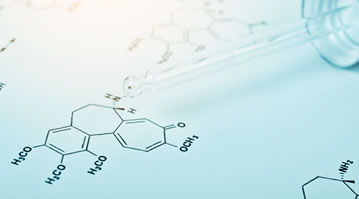

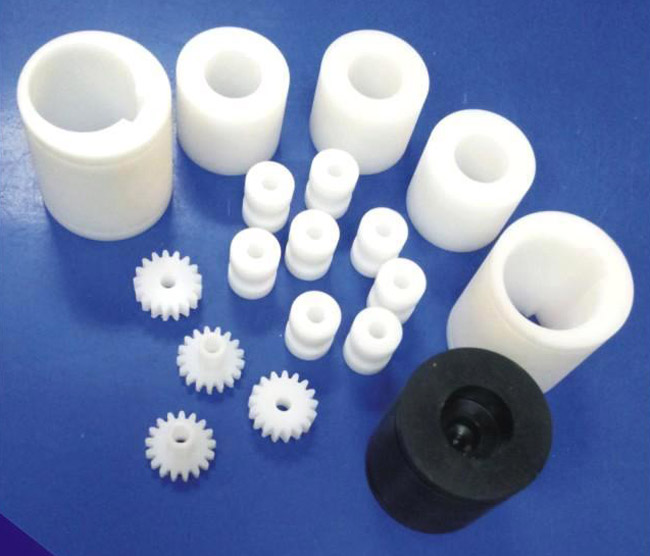


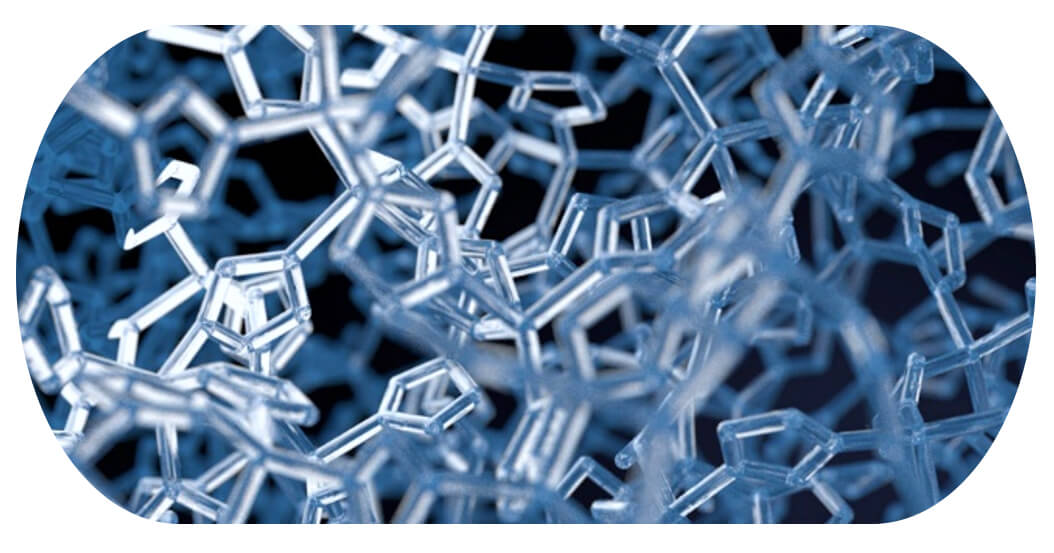


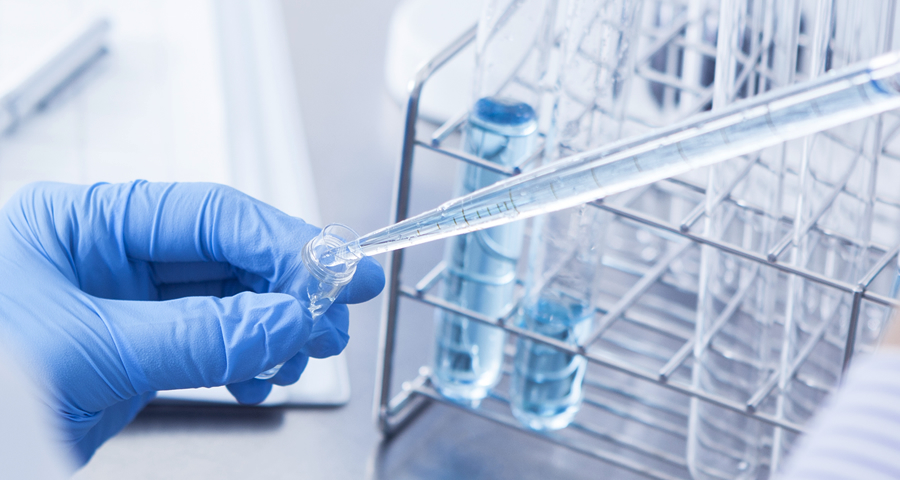
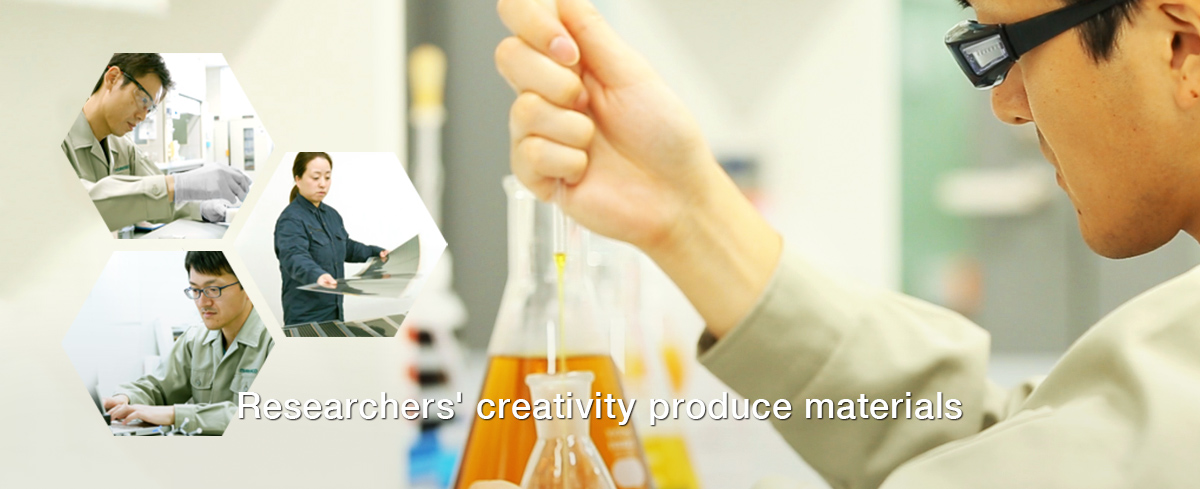


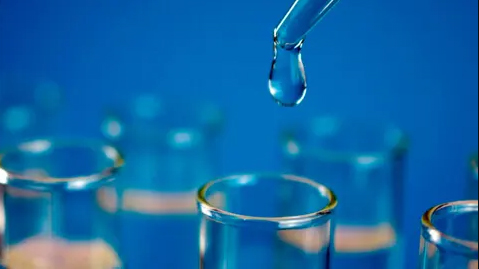




Comments